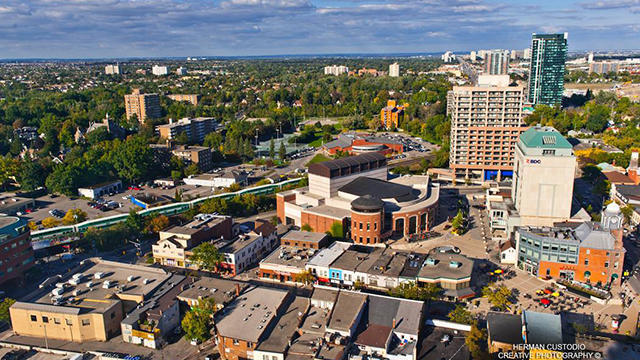How Much Tax Will You Be Paying Brampton in the Future?
Published November 22, 2018 at 11:50 pm

We live in a time when information is literally at our fingertips with just the push of a button or the click of a mouse.
We live in a time when information is literally at our fingertips with just the push of a button or the click of a mouse. Big data is now a big thing when it comes to the emerging new economy and how we develop as a society.
In case you weren’t aware, the City of Brampton has an open data portal they dubbed ‘The Brampton GeoHub‘, which allows Brampton city staff and the public to explore and download information about Canada’s ninth largest city.If you click on the link in the preceding paragraph, you will be directed to the ‘city dashboard’ where a plethora of information can be found about Brampton, and one thing that residents probably would like to know is how much they will be paying in taxes going forward.
According to the city, each year council approves a tax rate for the annual budget which considers inflation, growth, infrastructure needs and service demands. The increase in taxes over the previous year is shown here as the overall property tax rate increase, which is the rate blended with the Region of Peel and school boards.
The following chart shows the annual property tax rate increase, This does not mean taxes went down in certain years when the graph was lower; it just meant the rate increase was lower:
For 2018, the tax rate increase was 2.7 per cent. In the preceding two years, the tax rate increase was 2.9 per cent in 2016 and 2.3 per cent in 2017.
In another financial data, Brampton has been looking to diversify its tax base and rebalance the residential-commercial ratio. The tax ratio between residential and non-residential tax revenue sources is calculated annually after the final tax rates have been determined by the city, Peel Region and education.
“To finance and maintain our infrastructure and services, we will need to attract new development to provide for an expanded assessment base. In particular, we need to strive to expand the non-residential share of the total assessment base in order to keep residential taxation levels reasonable,” the city says.
The City of Brampton’s target of non-residential tax revenue is 25 per cent. As of 2018, that number is 20.67 per cent, which the city acknowledges needs improvement.
The city has outlined several measures it plans to take to increase the non-residential tax base, such as:
-
Strengthening employment land conversion policies to better protect our existing supply of employment lands.
-
Developing Community Improvement Plans (CIPs) to attract key employment sectors in strategic locations (i.e. planning and financial incentives as economic development tools).
-
Continue to encourage residential intensification in key locations to make the best use of infrastructure and to support economic development.
-
Continue to work with existing businesses and related associations to identify barriers to business activity and support expansion.
It seems both statistics presented can be correlated to the need for more commercial tax revenue. I’ve spoken with Brampton residents who would be happy if the city ‘never built another detached house ever again,’ and just concentrated on bringing jobs to the city.
If Brampton wants to be able to meet that 25 per cent non-residential tax base goal, that may be something to consider as the city redos it’s official plan for next year.
insauga's Editorial Standards and Policies advertising





